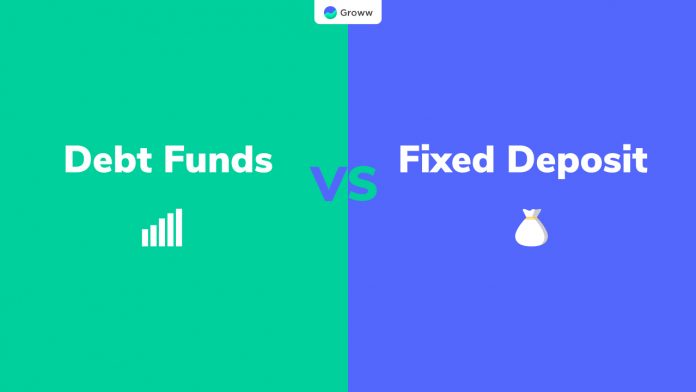Due to the Reserve Bank of India’s low-key policy rates, banks are giving relatively low-interest rates on Fixed Deposits (FDs) (RBI). Because FD rates are falling behind inflation, investors will see their money devalued when their FDs mature.
Banks, on the other hand, charge borrowers a higher interest rate on money borrowed from FDs and other investors. The gap between the FD and lending rates allows banks to cover their operating costs while earning profits.
Companies use loans in addition to equity capital to fulfill the needs of recurrent costs and to improve their return on equity.
In addition to asking financial institutions for loans, businesses may choose to approach the general public directly to obtain cash by issuing a financial instrument known as a bond. Buying or investing in bonds entails lending money to the issuer directly.
In exchange, the issuing corporation issues a bond pledging to refund the principal amount on maturity as well as to make periodical payments at a set rate of interest until maturity – that is, during the length of the bond.
REWARD
Companies can sell bonds with a coupon rate greater than the FD rate but lower than the lending rate at which they borrow money from banks and financial institutions because of the difference between deposit (FD) rates and lending rates.
As a result, investors get a greater return than FD rates, while businesses may borrow at a rate that is somewhat lower than bank lending rates. As a result, it’s a win-win situation for both investors and businesses.
Bonds also allow investors to sell the securities in the secondary market for a larger return than the face value.
RISKS
If investors buy in low-rated bonds, they may suffer credit and default risks if the issuer fails to pay interest or even the principal amount owing to a financial crisis.
A bond’s market value may rise when interest rates decline in the future. However, if interest rates rise in the future, the market value of the bond would fall. As a result, bonds are exposed to interest rate risk, which grows as the tenure of the bond increases.
Aside from FDs, bond investors may experience depreciation in the principle invested owing to higher inflation than the coupon rate, especially after tax. Tax-free bonds may generate superior returns for investors in higher tax rates while having a lower coupon rate than taxable bonds.
Follow and connect with us on Facebook, LinkedIn & Twitter

